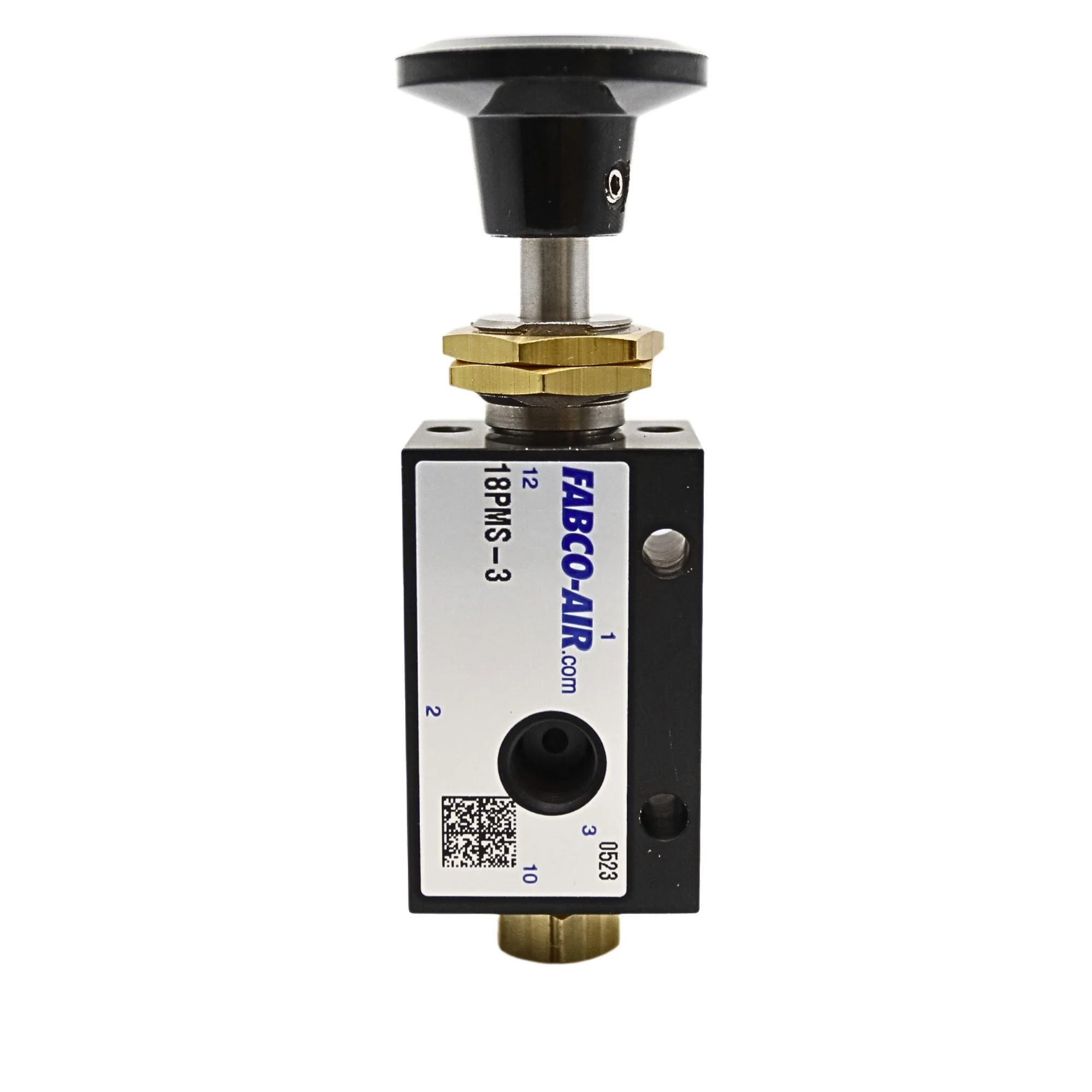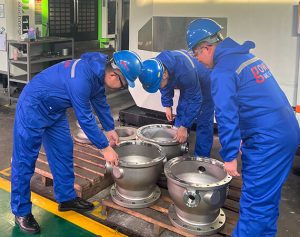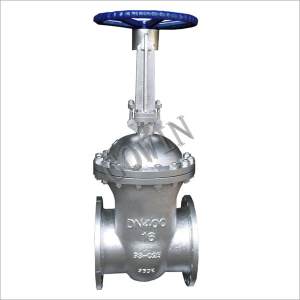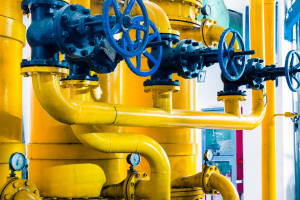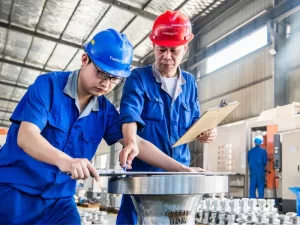When controlling compressed air in industrial settings, picking the right pneumatic control valve is very important. Two common options for actuation are spring-return and detented systems. Each type has unique benefits that can affect performance, safety, and energy use.
What are Pneumatic Control Valves?
Pneumatic control valves manage the flow of air or gas in machines or systems. They are necessary in regulating pressure, controlling speed, and directing the flow of pneumatic energy. These valves are bestsellers due to their wide range of applications.
The type of actuator – spring actuated or detented – greatly influences how these valves work. It also defines how effectively they can control the system’s operations.
| Method of Actuation | Description | Key Advantages |
| Spring-Return Actuation | Uses a spring to return the valve to a default closed position. | – Safety: Automatically closes during power failure. |
| – Simplicity: Easy to install and maintain. | ||
| – Quick Response: Fast opening and closing. | ||
| – Basic Control: Ideal for on/off control in emergencies. | ||
| Detented Actuation | Holds the valve in place without constant power. | – Position Holding: Maintains position without power. |
| – Energy Efficiency: Saves energy by not requiring constant power. | ||
| – Flexible Control: Allows for multiple flow positions. | ||
| – Reliable Performance: Effective in larger pneumatic systems under varying pressures. |
Spring-Return Actuation
Spring-return actuators use a spring to bring the valve back to a default position, usually closed. This system is reliable and safe, making it a popular choice.
Advantages of Spring-Return Actuation
- Safety: If power fails or a signal is lost, the valve automatically closes. This feature helps prevent accidents and equipment damage.
- Simplicity: A spring return ball valve is easy to install and maintain. Fewer parts mean less chance of failure, which is essential for reliable operations.
- Quick Response: Spring return actuators respond quickly, allowing for fast opening and closing of the valve. This speed is important in applications needing precise airflow control.
- Basic Control: These actuators are ideal for on/off control. They work well in emergency shutdown systems, where quick action is critical.
Detented Actuation
Detent valves use a mechanism to hold the valve in place once it has been actuated. This means the valve can stay open or closed without needing constant signals.
Advantages of Detened Actuation
- Position Holding: A detent valve maintains its position without continuous power. This is useful for systems where the valve must stay in one position for a long time.
- Energy Efficiency: Detented actuators do not need constant power to stay in place, which can save energy and reduce costs.
- Flexible Control: Detented systems can provide multiple flow positions. This allows for more precise control of various processes.
- Reliable Performance: These actuators are great for larger pneumatic systems that need to perform well under different pressures.
Choosing the Right Actuation Model
When deciding between spring-return and detented actuation, consider these factors:
Application Requirements
- Safety Needs: If safety is essential, especially in industries like oil and gas, spring return pneumatic actuators are a safe choice.
- Control Complexity: For tasks needing various controlled positions, detent valves are often better.
Energy Efficiency
Look at your operational needs. If you need long-term flow control without constant actuation, detented actuators can offer savings.
Maintenance and Reliability
Spring return piston designs usually require less maintenance due to their simple construction. In contrast, detented actuators may need more regular checks to ensure proper function.
Partner with Gowin Valves Today
At Gowin Valves, we specialize in meeting the unique needs of industries like oil & gas, chemical, metallurgy, power stations, water supply, and energy. Since our founding in 2007, we have built a strong reputation as a trusted valve manufacturer.

